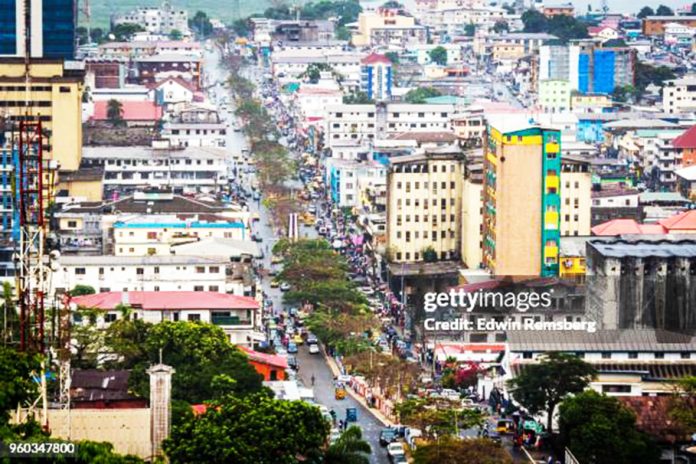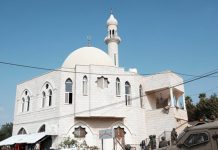Flash floods triggered by torrential rains between the end of June and early July left some 48,000 Liberians in urgent need, the National Disaster Management Agency (NDMA) said.
The flood-prone capital was particularly badly hit, owing in part to overpopulation, a poor sewage system, and a lack of building regulation.
According to the Daily Observer, quoting NDMA Executive Director Ansu Dulleh, ‘’women, children, and the elderly are the majority of the affected. The scale of the flooding is unlike any we have ever witnessed. Our systems are overwhelmed and cannot address all the competing needs associated with this crisis.’’
Dulleh called on partners, both local and international, to support the NDMA in addressing the needs of the affected population.
According to the newspaper, an estimated 100,000 people are “at risk of flooding, windstorms, and coastal erosion, with incidences of water-borne diseases also expected to rise.”
And the UN Sustainable Development Cooperation Framework 2020-2024 for Liberia says that the country needs “more resilience and adaptive capacity to combat the effects of climate change.”
Moving the capital?
Meeting to discuss the persistent flooding problem, a senate joint committee in early July suggested establishing a new city to replace Monrovia.
Nigeria’s Abuja is one of a handful of planned capital cities on the African continent.
Tanzania’s capital Dodoma and Yamoussoukro in Côte d’Ivoire were also established as administrative capitals towards the end of the 20th century, with all three cities occupying geographically central positions in their respective countries.
Monrovia is home to 1.5 million people and lies on the Atlantic coast of Liberia, one of the poorest countries in the world.
The city is the economic, political, and cultural hub of the country, with the Freeport of Monrovia providing a gateway for Liberian exports including iron ore, rubber, and timber to reach the United States and Europe.
Credit: rfi









